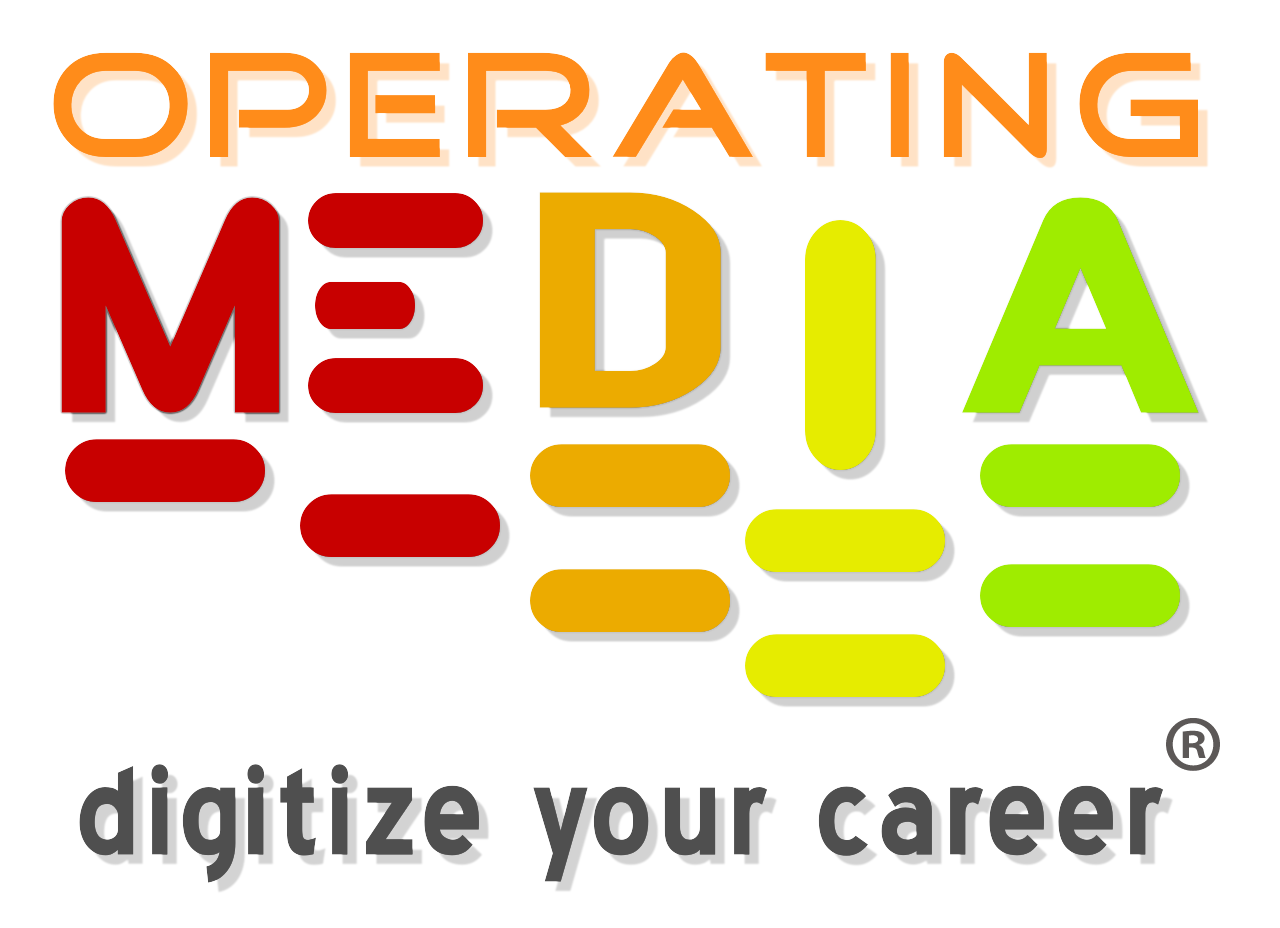
Building a Sustainable Digital Marketing Strategy: Balancing Long-Term Goals with Short-Term Results in a Dynamic Environment
In the dynamic realm of digital marketing, where trends emerge overnight and algorithms change like desert sands, attaining sustainable growth can sometimes feel like chasing after butterflies. As digital marketers, we are often battling between short-term objectives that please our quarterly reports and long-term objectives that will determine the direction of the business. However, what if we told you there was a method to do both without giving in to the allure of instant success?
Presenting the long-term digital marketing plan. This is a paradigm shift that emphasizes developing a brand’s long-term worth and durability while still meeting those short-term KPIs; it’s neither a fad nor a catchphrase. It involves keeping both eyes open and managing the dynamic environment while concurrently observing the forest and the trees.
The Act of Balancing: Long-range objectives: These are the compass points that direct our path. They include the overall market positioning, key values, and brand vision. Consider customer loyalty, brand recognition, and long-term effects.
Short-term outcomes: These represent the landmarks along the way to our north star. They include measurable indicators such as conversion rates, lead creation, and website traffic. Consider campaign results, quarterly goals, and quick return on investment. Collaboration rather than compromise is the key to striking a balance between these at-odds interests.
We can accomplish this in the following ways:
- Align Short-Term Strategies with Long-Term Objectives: Select strategies that uphold your long-term goals and are consistent with your brand values. In the end, a brief victory that goes against your basic principles is a Pyrrhic victory. Invest in educational and brand-building content for your audience, not simply sales-oriented stuff. Consider thought leadership articles, community involvement, and timeless material. Monitor KPIs not limited to clicks and conversions. Think about long-term engagement metrics, customer satisfaction, and brand sentiment.
- Accept Data-Driven Optimization: Make use of data to guide your long- and short-term planning. Track the effectiveness of your campaigns, spot patterns, and modify your strategy as necessary. Experimentation is not scary; instead, measures and gains knowledge from each stage. Pilot projects, A/B testing, and content
modifications can produce insightful results. Make an effort to build a data-driven culture in your group. Urge everyone to use strategic thinking and critical outcome analysis. - Create enduring connections with your audience: Prioritize building brand advocacy and consumer loyalty. Make individualized experiences, provide value that goes beyond transactions, and have sincere dialogues. Invest in long-term projects that foster community building. This could entail co-creation initiatives, loyalty plans, or internet forums. Recall that your audience is more than a collection of statistics. Recognize their needs, goals, and areas of discomfort and adjust your strategy accordingly.
- Sustainability in the Digital Age: Developing a long-term, multi-phase digital marketing strategy is more effective than a quick fix. It calls for dedication, adaptability, and a readiness to learn new things. By putting long-term objectives first, making intelligent use of data, and cultivating sincere relationships with your audience, you can confidently traverse the ever-changing digital terrain and make a lasting impression on the constantly moving online scene.
Recall that the goal of the digital marketing marathon is to develop a strong physique that will enable you to continue running the race successfully and sustainably for years to come, not merely to cross the finish line first. Thus, are you prepared to develop a digital marketing plan that does more than just get by? Today, make the initial move



